This blog is part of the event report series on International Open Data Day 2018. On Saturday 3 March, groups from around the world organised over 400 events to celebrate, promote and spread the use of open data. 45 events received additional support through the Open Knowledge International mini-grants scheme, funded by Hivos, SPARC, Mapbox, the Hewlett Foundation and the UK Foreign & Commonwealth Office. The events in this blog were supported through the mini-grants scheme under the Open Mapping theme: the blog has been jointly written by Transparência Hackday Portugal / Open Knowledge Portugal and Open Knowledge Finland .
Open Data Day 2018 was devoted to open mapping in both Porto and Helsinki. Both Open Knowledge branches involved in the organization of the event invited the local communities to talk about OpenStreetMap (OSM): how to use the data and how to contribute to the project.
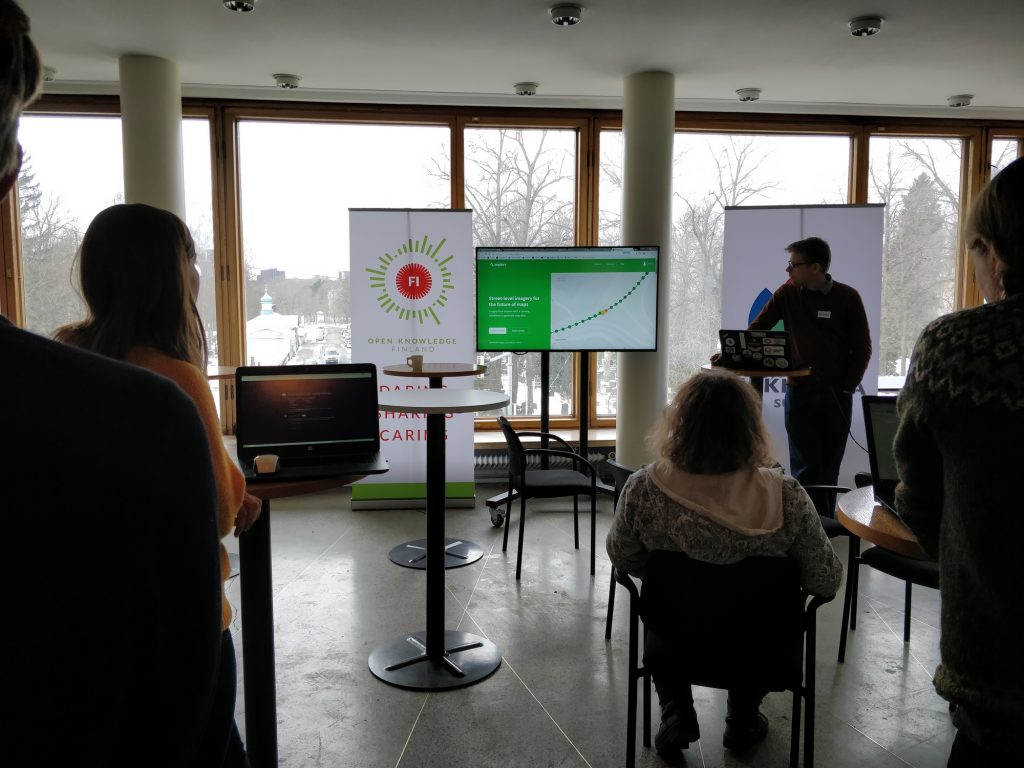
OpenStreetMap is not a single map or service, but a large set of data that doesn’t belong to a specific person or entity, but rather the community. This means that anyone can use OSM to create apps and reuse its data in other interesting ways — for example, this is what Mapbox has done, the company has developed a set of services on top of OSM to create a business model. There are a couple of good local examples as well: Sapo Mapas in Portugal, and Digitransit, the official public transport journey planner in Finland.
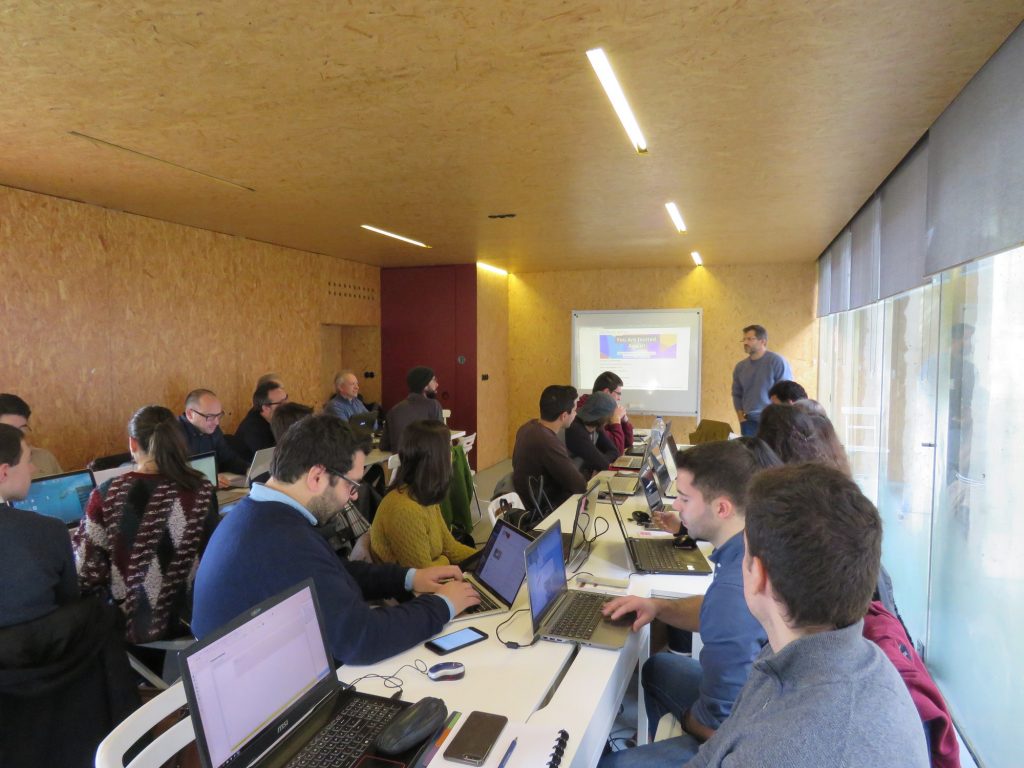
Both cities witness that there is currently a lot of interest in the field of open mapping. One of the best things about Open Data Day 2018 was to bring together actors from different contexts.
In Porto, we were very happy to see the interaction between the different layers of actors in the open data field. We had Ana Santos and Francisco Caldeira from the National Statistics Institute (INE), with expertise in geographic census data; João Pina, the author of Fogos.pt, a website mapping fires in Portugal, using public datasets by an official entity; Miguel Tavares, from Águeda City Hall, an institution using and contributing to OpenStreetMap, and also building tools with geographic data; and people from the OSM Portugal community, such as Jorge Gustavo Rocha.
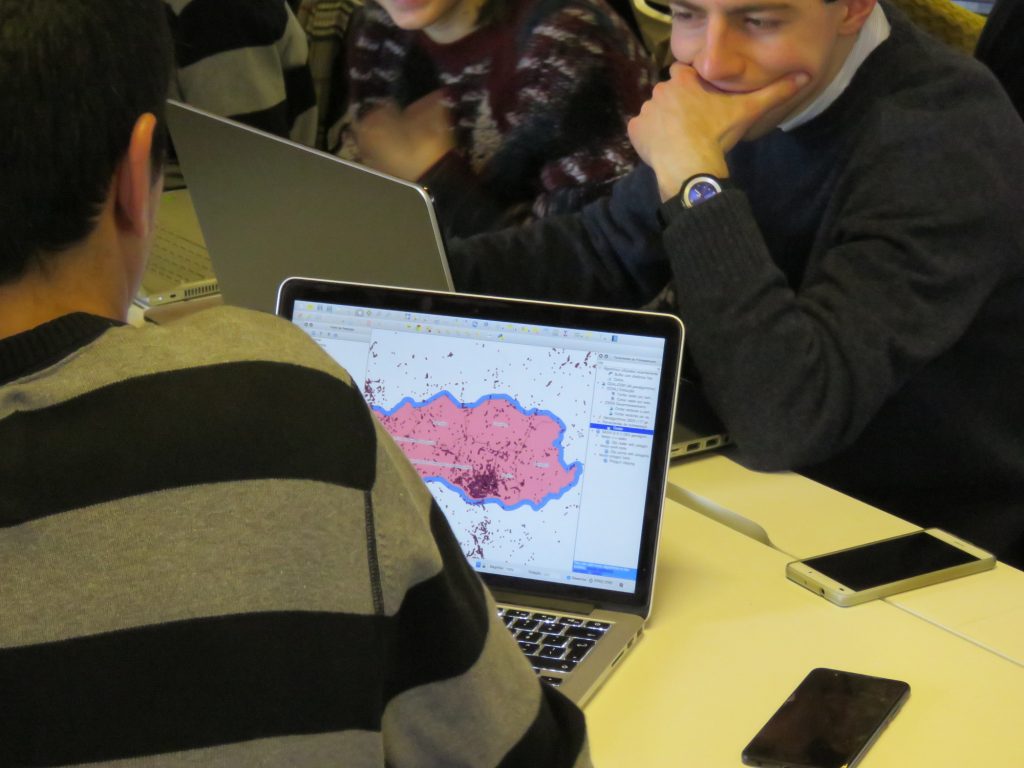
The author of fogos.pt wanted to shift away from Google Maps, and the contact with OSM-PT members opened the avenue for collaboration and to turn Fogos.pt into a resource fully based on open data sources.
INE showed their plans to open up their 3-million-point address database among others, firing up participants willing to test and try it out.
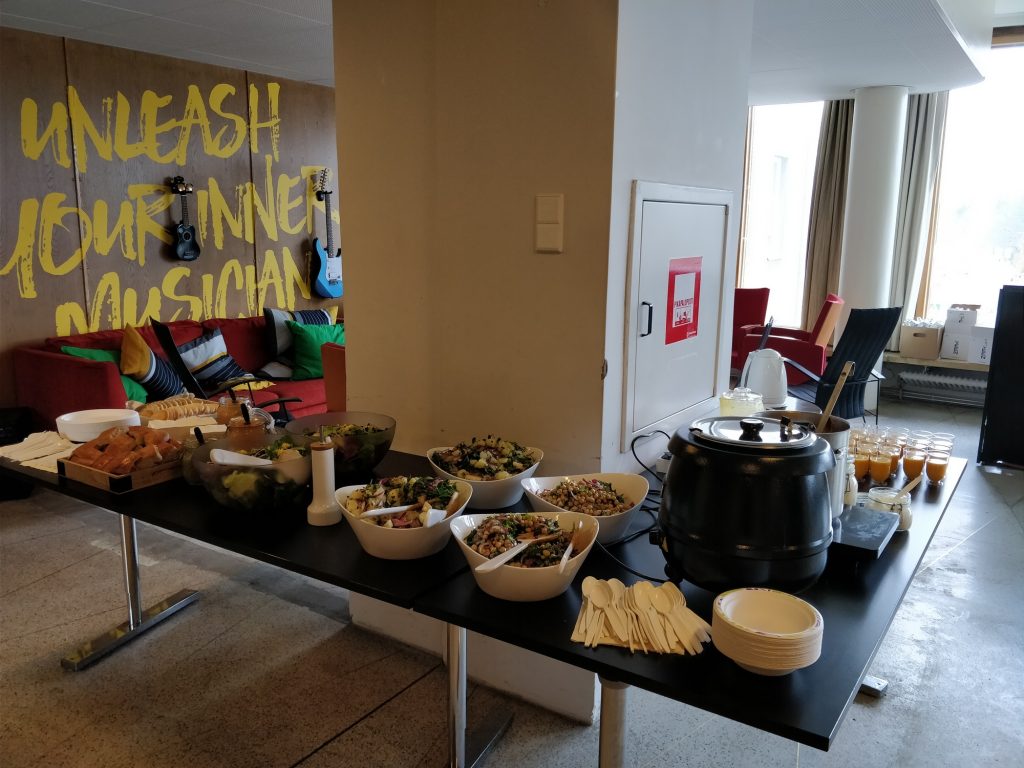
In Helsinki, the 3rd of March was a workshop day that culminated the series of three-day celebrations: an introductory case study day (with Helsinki Region Infoshare) and an Open Knowledge Finland (OKFI) working groups and strategy day (with Responsive.org and OpenGLAM). All three days were co-organised by OKFI at its offices at the Maria 0-1 startup incubator. On Saturday, there was brunch, an open democracy coding workshop as well as three mapathon workshops: Humanitarian OpenStreetMap (HOT-OSM), Mapillary, and OSM locally. The day’s focus was on hands-on production of open data to be published in OSM by creating and complementing maps.
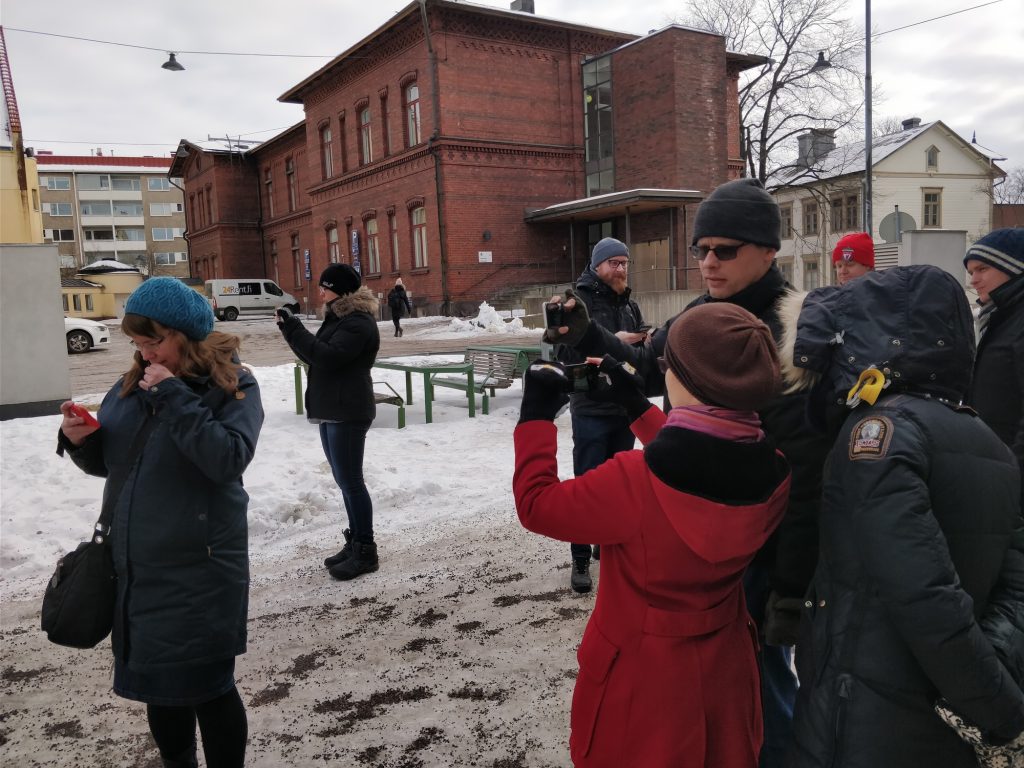
The first mapathon of the day was organised by the Humanitarian OpenStreetMap Team, which is perhaps the fastest-growing community of open data contributors in Finland at the moment. This time, their workshop had about 20 participants, most of them newcomers, who contributed 1555 buildings and 113 kilometres of roads and paths. Results: http://ernoma.github.io/mapathon/ODD2018/
During the second workshop, 10 people learned and took 873 street-level photos (of which 140 were 360⁰) with the Mapillary smartphone app to cover the historical Maria’s Hospital grounds surrounding the venue. Results: a map with the photos and the area at Mapillary’s website
The focus of the last mapathon of the day was fixing map errors in your neighbourhood in a service that you use daily based on OpenStreetMap. This provides yet another type of prominent entry into the world of open knowledge and OpenStreetMap in Finland. The more people learn and contribute in workshops like this one or otherwise, the more complete, up-to-date and flawless the paths, addresses and points of interest become in all the services that use OpenStreetMap.
Lessons learned from the community and plans for the coming months
In Portugal, the participants were eager to learn more about OSM — how to contribute to the project and how to use the resources it makes available. It seems that there are not enough opportunities to get people together to discuss, learn and work together.
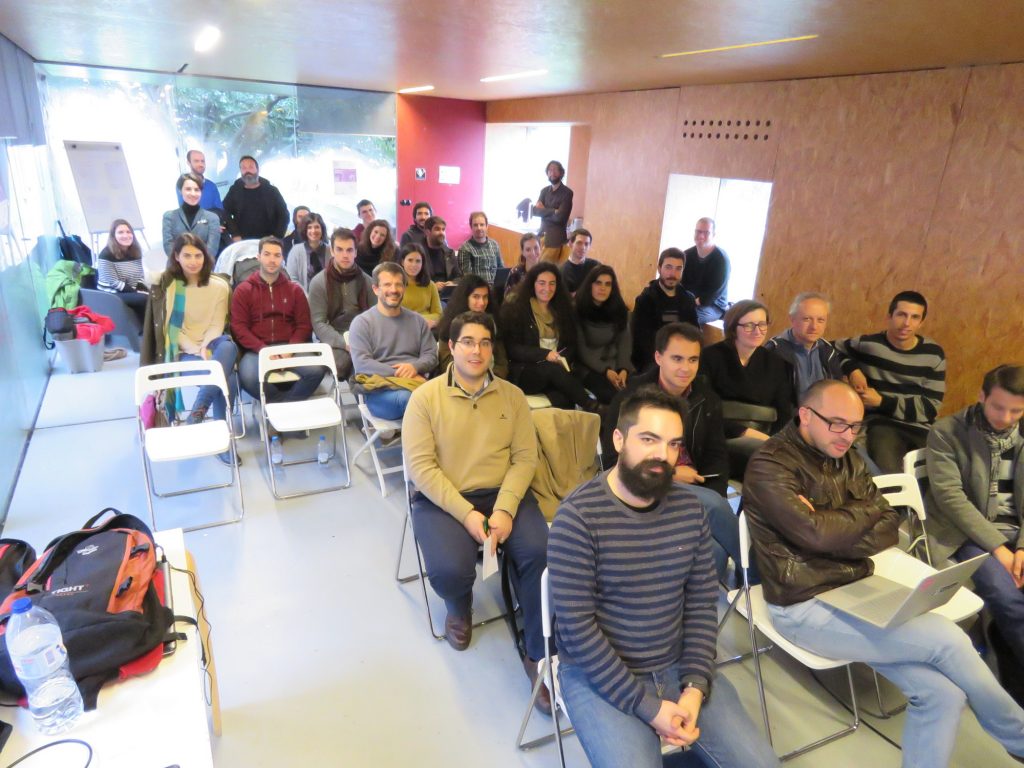
Open Data Day, and our monthly Date With Data meetings, are a crucial space to get these people together — there are no similar forums in Porto (or Portugal!). We had rainy weather on Saturday otherwise we would have made a walk around the city to learn about mapping, on the field. Learning how to contribute to OSM, either by submitting data or reviewing data will definitively be the motto for one of our monthly sessions, in the next months. We also want to take some time to talk about mapping technologies for showing and visualizing open data.
In Finland, we enjoyed the new collaboration between Open Knowledge Finland and the mapping communities in Finland: Humanitarian OpenStreetMap Team Finland community as well as OSM Finland community. Our concept for the day — combining different modes of activity and themes — seemed to boost the diversity of people, e.g. in terms of age or background (students, company staff etc.). For example, the HOT-OSM events are usually promoted to students or other activists, but this time there was wider range in promotion and participation with joint efforts and networks of promotion. When it comes to other synergies, the participating communities were happy that OKFI had organised the space, the food and the budget. We are planning other joint events such as 24-hour mapathon later this year.








